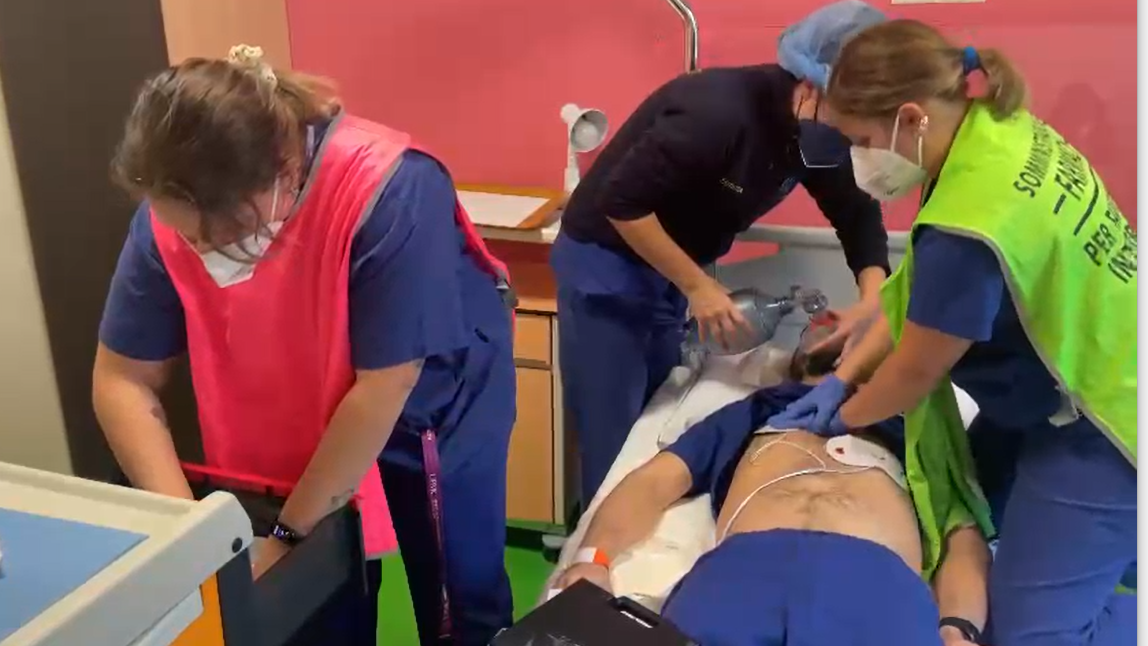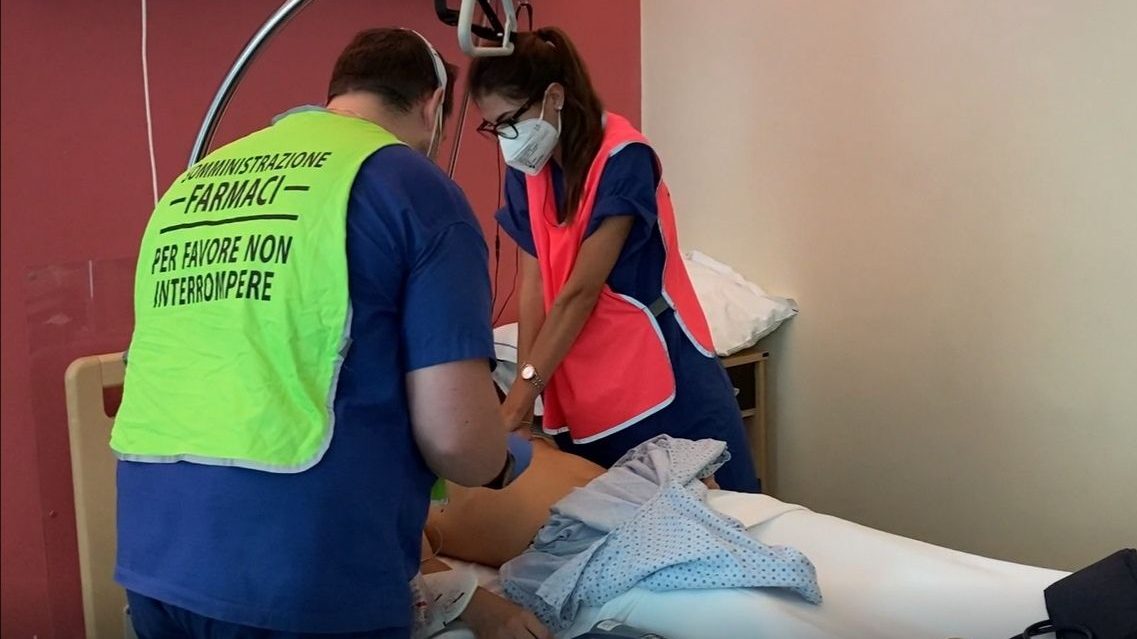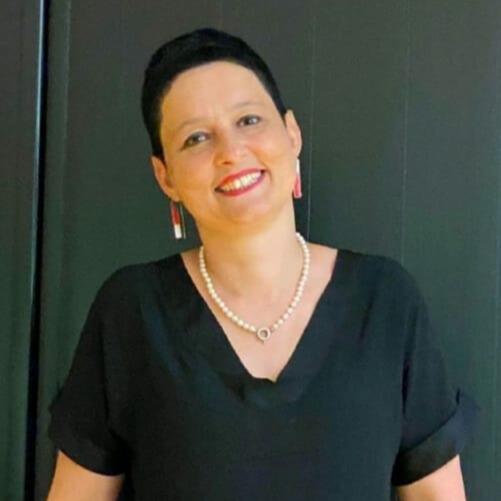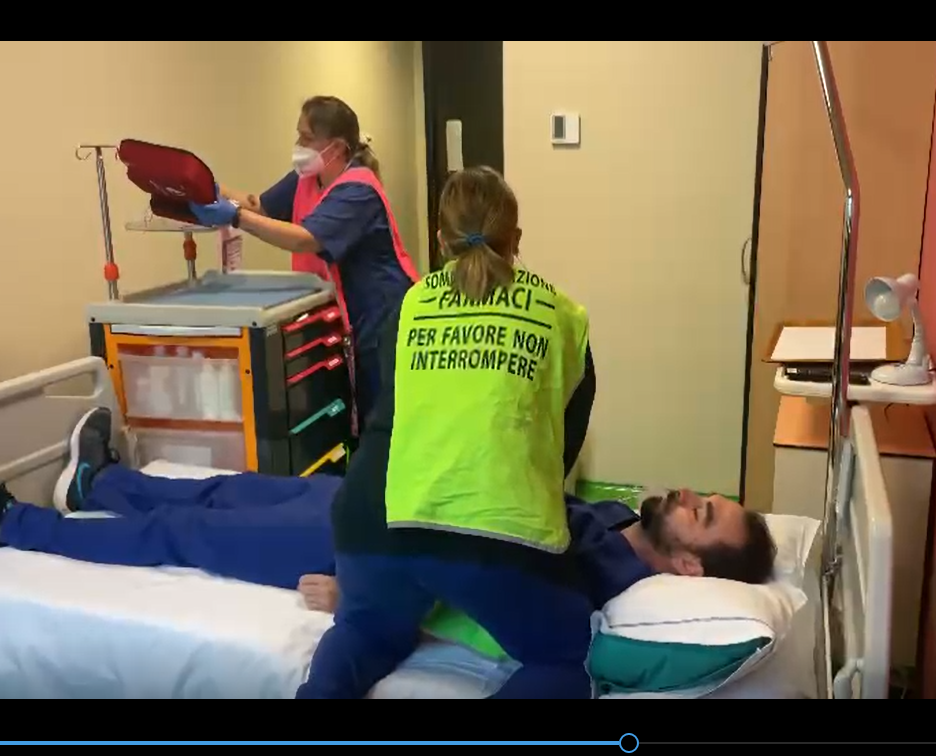How in situ simulation can be a tool to uncover errors: the experience of Centro Chirurgico Toscano.
Centro Chirurgico Toscano (a private surgical clinic in Arezzo, accredited by the US body for quality and safety Joint Commission International – JCI) approached the world of simulation following a request for standards revision by JCI.
With regards to cardiac arrest emergencies and for the purpose of assessing system vulnerabilities, JCI asked us to “review internal data from previous emergency situations and identify areas for improvement.”
Since it is difficult and probably even incomplete to proceed with this review by analyzing only the clinical documentation of previous events, it seemed appropriate to simulate scenarios of cardiac arrest in situ. The in situ simulation, as known, is performed in the real place where the event could occur, and involves the staff who could really find themselves intervening in a team on that specific patient, thus allowing to uncover and correct flaws in the processes and protocols.
The analysis of the vulnerabilities of the system was conducted on various factors that determine the outcomes of cardiopulmonary resuscitation: timing; the ability to work in a team in an orderly and organized manner; familiarity with everything that can be useful for resuscitation and other technical skills..

To achieve a high level of fidelity and realism the simulations had not been announced. They took place in the hospitalization ward and involved anesthesiologists and a couple of nurses from the same shift, the latter trained in the BLSD course. A total of 16 simulations were conducted over a four-month period.
In order not to reveal the real content of the simulations, the staff had been informed that the exercise would include procedures concerning the correct identification of the patient in three distinct moments: distribution of food, detection of vital parameters and administration of therapy. During the exercise, however, the patient’s cardiac arrest was simulated. The staff was therefore faced with an unexpected event which they had to deal with promptly.
The simulations were video recorded and the execution times of the various resuscitation steps, plus the order of the events were noted in a specially prepared diagram. During the debriefing, the strengths and weaknesses of what happened were discussed.
The medical staff, by simulating the same scenario several times, had the opportunity to reflect on their work. Improvement solutions in terms of time and effectiveness were proposed which, having been born from direct experience, were then found to be easy to apply. Critical issues hitherto underestimated were uncovered: for example the difficulty of removing the headboard of the bed if the team is not well coordinated, or that of identifying drugs in the emergency trolley. And an immediate resolution was found. At the same time, skills and strengths have been enhanced, such as working in a team with a well-recognised team leader.

The average times achieved for each simulation phase, together with the observations that emerged during the various debriefings, now represent the starting point to build a “perfect sequence” in terms of teamwork optimization. On this “perfect sequence”, in fact, the hospital staff will be trained in order to reduce the intervention time for each single phase analyzed.
In the light of the experience gained in hospitalization and the enormous potential found, we intend to repeat this type of simulation in the various areas of the Nursing Home (operating theater, first aid, endoscopy and radiology) using simulation as a tool to evaluate the effectiveness of our actions and to identify areas for improvement on which to act in a targeted way. Our aim is obviously to reduce the clinical risk.
READ ALSO












































